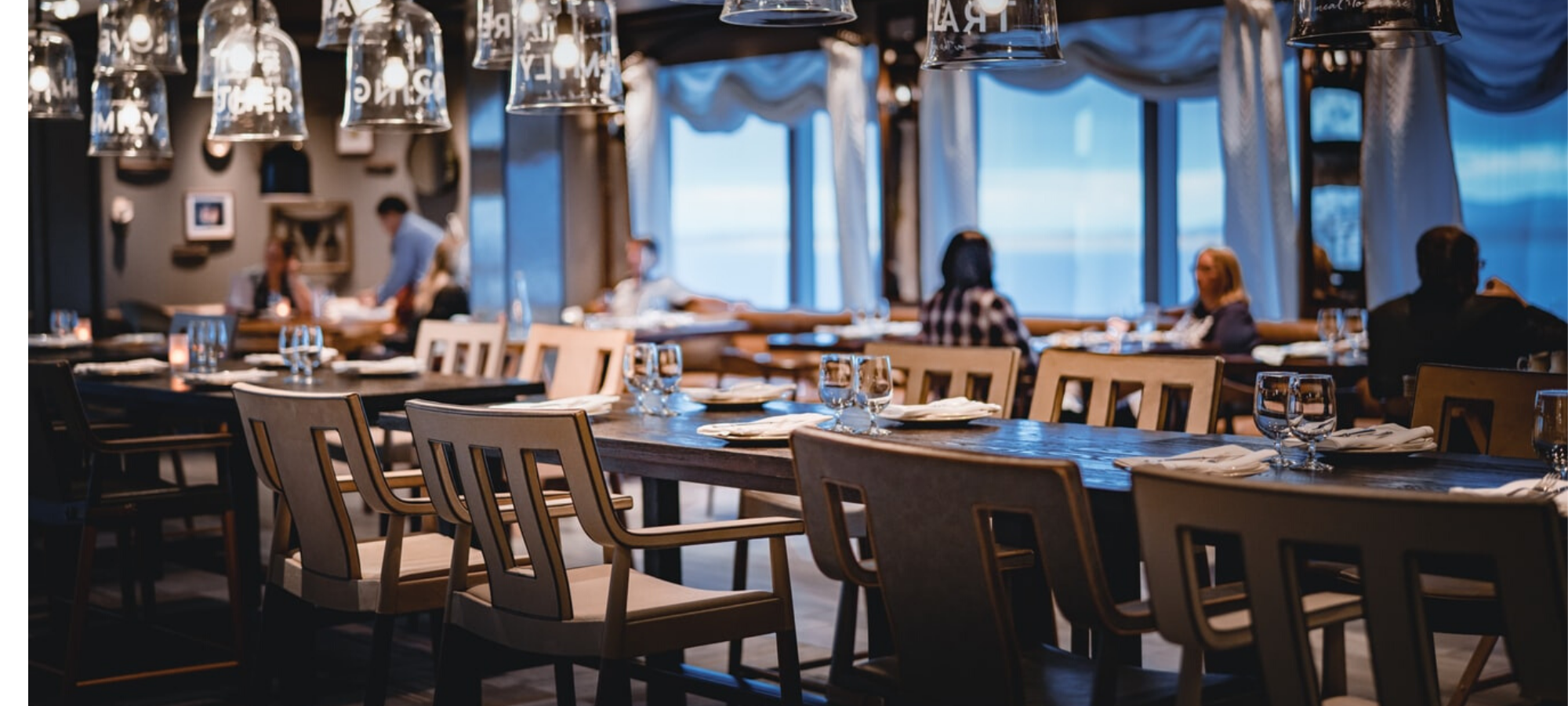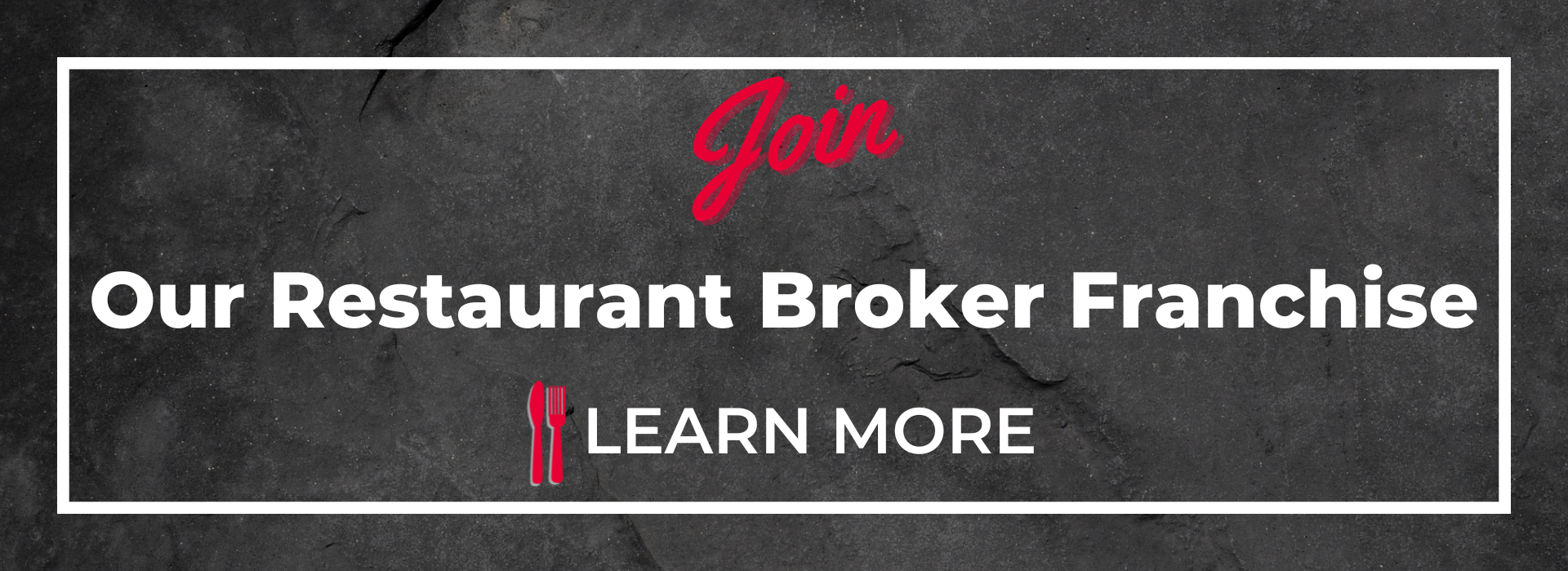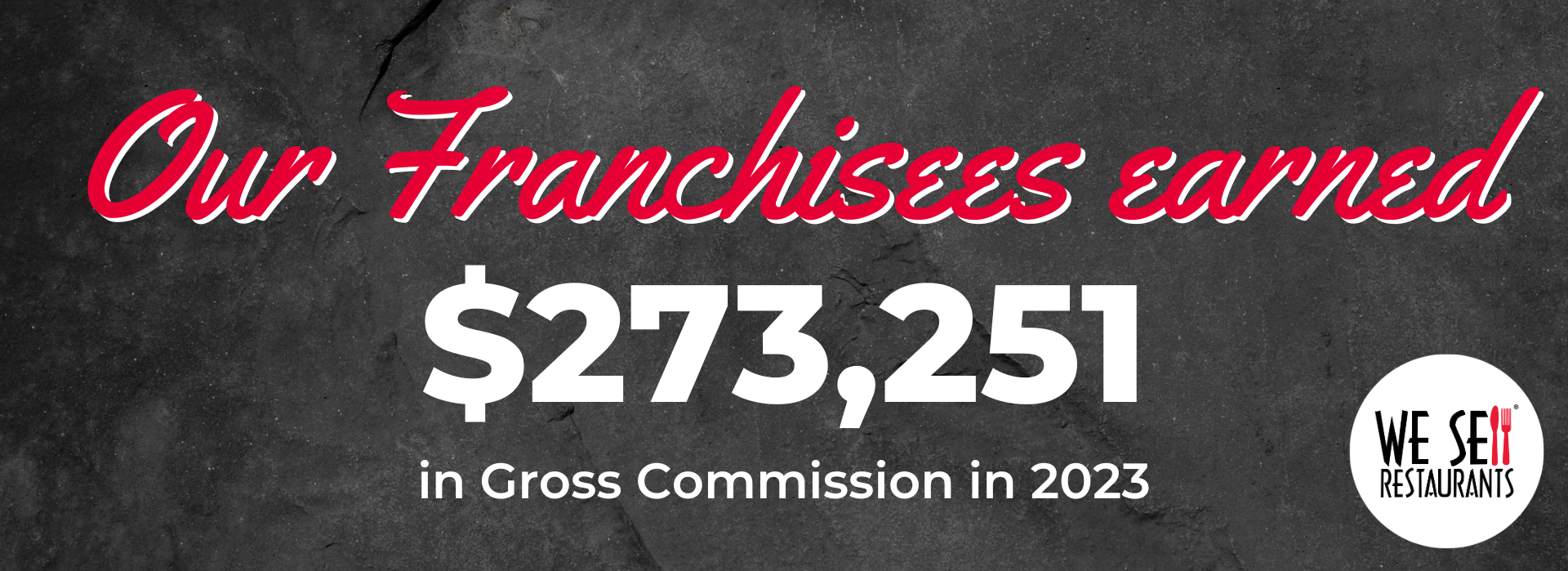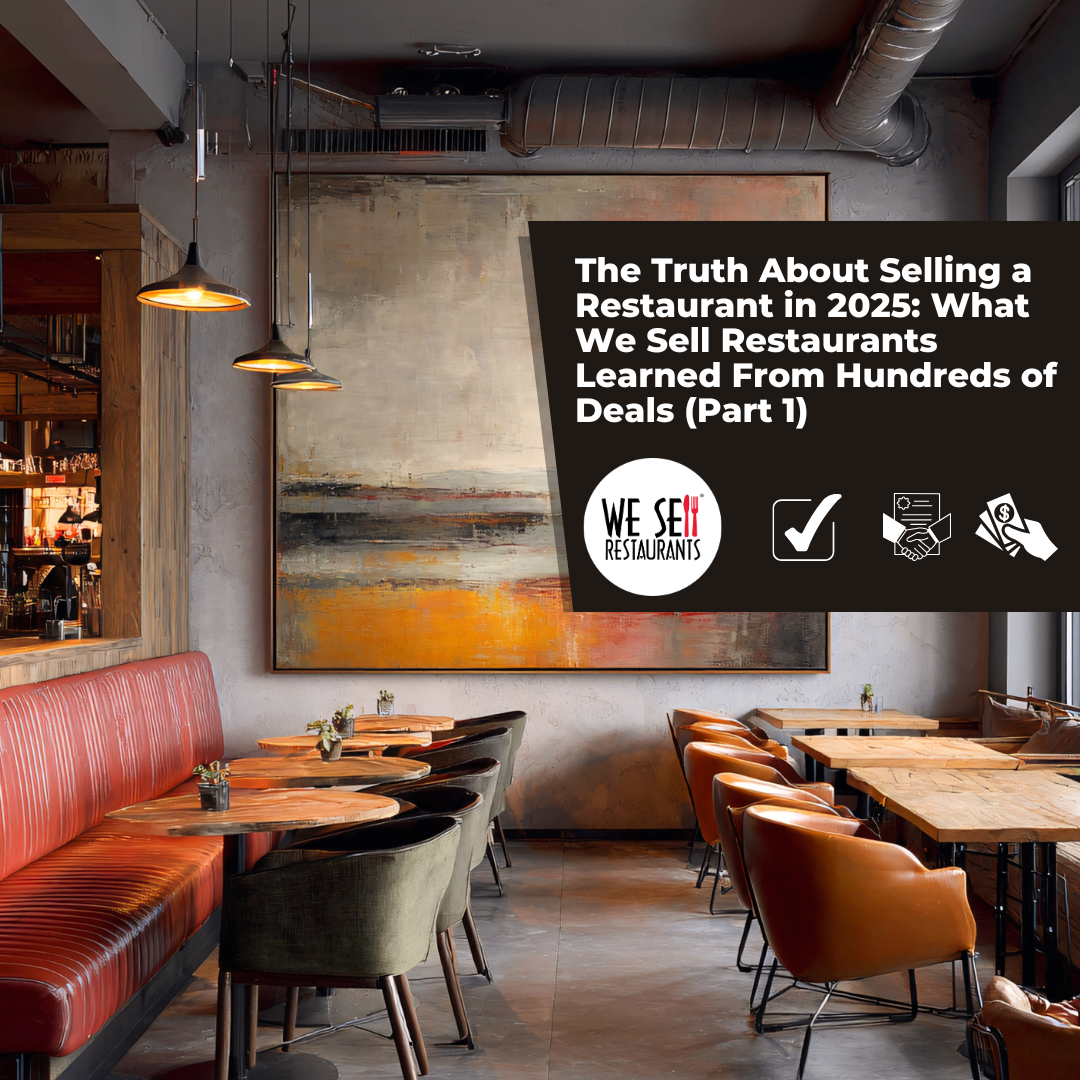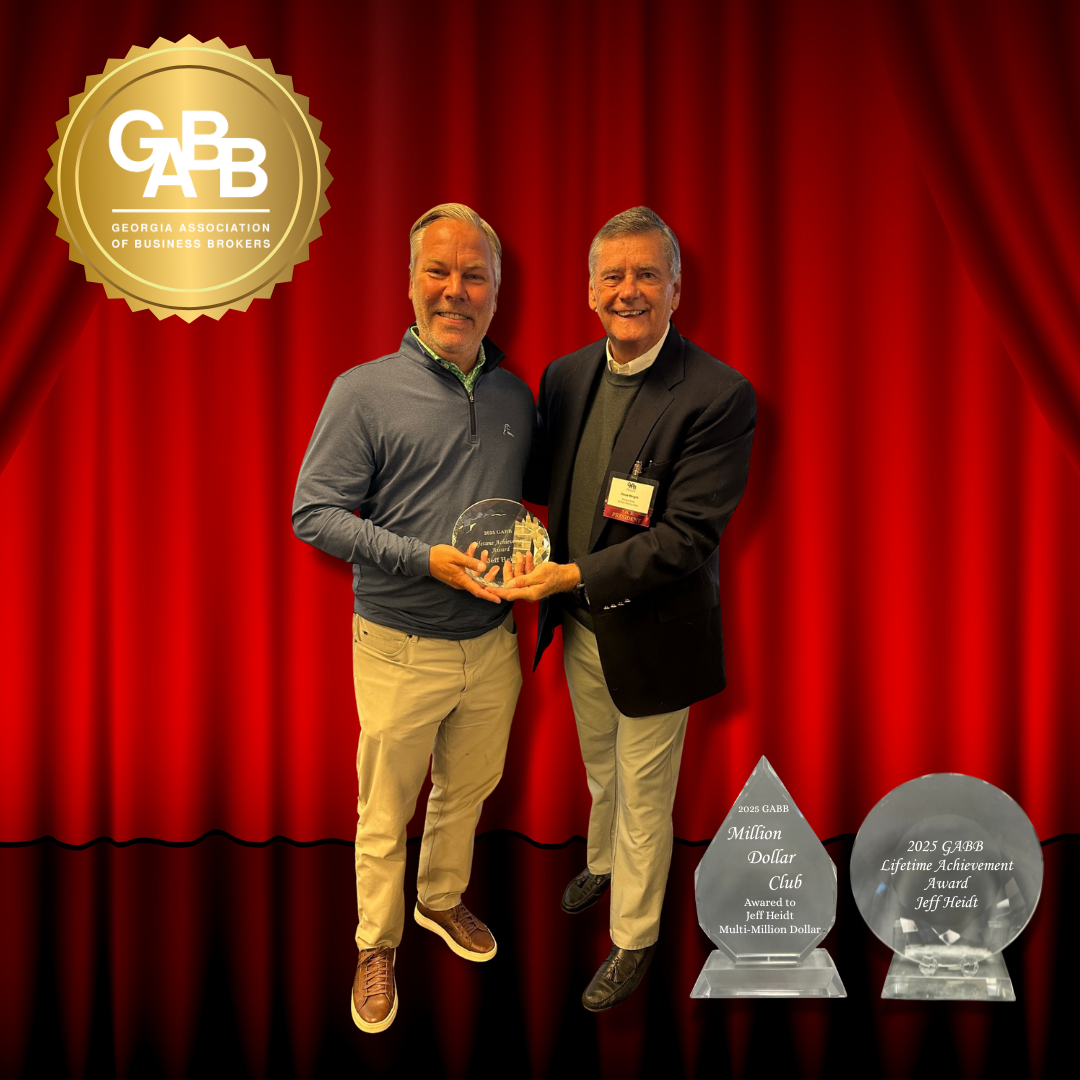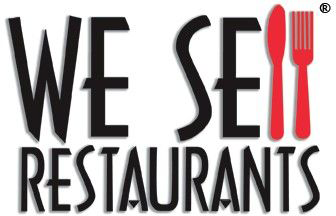Tip One – Don’t Talk to the Guy on the Sign – He represents the landlord.
When leasing a restaurant, it’s tempting to drive past the newest center or latest sign and make a call on the space. Take a moment and consider who that person represents before hitting send. Landlords employ leasing agents to represent their interests, not those of the would-be tenants. It’s best to make sure you have your own representation.
Is it fair to make the first call, get excited about the space and then send in your broker? Not really. Just work with a reputable restaurant broker and have him or her make the first outreach on any space. They know the landlord language, math and standard deal terms.
Tip Two – Don’t get trapped by TI money or Tenant Improvement Money when leasing a restaurant without understanding the cost.
It’s tempting to believe that Tenant Improvement Money or TI money is free to you. These are funds that the landlord repays you for the investment you make in the space for the build out. There will never be enough money in tenant improvement funds to build out a space. It’s a contribution by the landlord, not the entire cost.
Be careful not to get so excited by a large tenant improvement number that you forget to do the math on the back end. We see many operators in very high cost leases because the TI money gets built back into the rent over time. Just think of it like borrowing money with the payment built into the rent over a very long (lease) instead of loan term.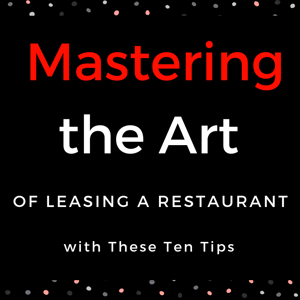
Tip Three – Make key date contingent on permitting and things beyond your control.
It’s a good idea to make your rent commencement date (something entirely different from the lease start date), upon issuance of certain permits or licenses. That way, if you get blocked by city hall or must wait four months to even get a permit to swing a hammer, you’re not paying rent on space where you’re not selling food.
Tip Four – Limit the personal guarantee to the extent you can when leasing a restaurant.
Everyone wants to avoid a personal guarantee where possible but that’s not always an option. Instead of trying to wish it away, negotiate the terms. Make sure the lease is assignable and when assigned, your liability is gone. Constrict the personal guarantee to a limited number of years or certain amount of on-time rent payments. The key here is to negotiate BEFORE signing a lease. That’s when you have the most leverage.
Tip Five – Go for multiple smaller terms and options versus a single long-term lease to limit your liability.
Leasing a restaurant is a multi-year commitment but break these terms up over time. Consider that the area, the market, the business or your success may change over the course of the lease. Never go into a ten-year lease when you can get a five-year lease and a five-year option. If it’s possible to get a three-year, go for that. Why? When it comes time to exercise your option, you can say, “no thank you,” and move on rather than be stuck in a long-term agreement liability for all the remaining years on the lease.
Tip Six – Cap your CAMS when leasing a restaurant.
Plenty of people will tell you that it’s impossible to negotiate the CAMS, Taxes and Insurance when leasing a restaurant but it’s certainly possible to cap them. You don’t know what the future will hold so guard against continual increases by stating you are only liable for a single year increase of no more than ten percent or something similar.
You’ll never have as much leverage with the landlord than at the outset of the relationship. This is when you need to use everything you must control your overall occupancy costs in the years ahead.
Tip Seven – Limit your requirement to pay based on occupancy when leasing a restaurant.
Don’t be the last remaining ghost occupying a space after everyone moves out, unless the rent is so inexpensive it doesn’t matter to you. Write an occupancy clause into your lease that states that if the center drops below a certain threshold of leased spaces or if the anchor tenant vacates or similar, you get a substantial drop in rent. Landlords are likely to give you this one as they never expect their center to go dark or their anchor tenant to leave. If it happens, you’re protected. Don’t overlook this tip. Other tenants drive traffic to the center. Without them, your business will be affected.
Tip Eight – If you’re leasing a restaurant, use a Restaurant Broker, not a general commercial broker.
A new restaurant space or even an existing one, requires the knowledge of an expert. A general broker won’t understand or have specialized knowledge in grease traps or vent hoods along with local codes. He or she may not understand permitting requirements, particularly those for alcohol, that would make this space a non-starter. They will not know how many more tons of HVAC is required for a restaurant space versus retail since cooking and the body counts dramatically increase heat and lower air movement.
It’s worth it to have an expert on hand, particularly since the landlord is usually the one picking up the check. Commissions are rarely paid by buyers leasing a restaurant space.
Tip Nine – Don’t overlook an asset sale.
An asset sale is an existing restaurant that may not be performing well today but can easily convert to your concept. By acquiring someone else’s business instead of leasing a restaurant, you can often assume the remaining term at under market rates. Modify the build out and you’re ready to go.
Tip Ten – Don’t Bite Off More than You Can Chew when Leasing a Restaurant
What does this mean? It’s easier to grow into a larger space or do more delivery and catering from something slightly smaller than it is to pay the rent on a space that’s too large. This is the single largest mistake we see in those leasing a restaurant. Estimate what you need and then LOWER it. In particular, with take out and delivery services reducing bodies in seats, restaurants today need much less space than even five years ago. Err on the side of smaller, not larger.
That’s it. Our ten top tips on leasing a restaurant space. Use these techniques and you should save yourself some money and get the best possible space for your business. Need some help leasing a restaurant? Reach out to the team at We Sell Restaurants. We can help.
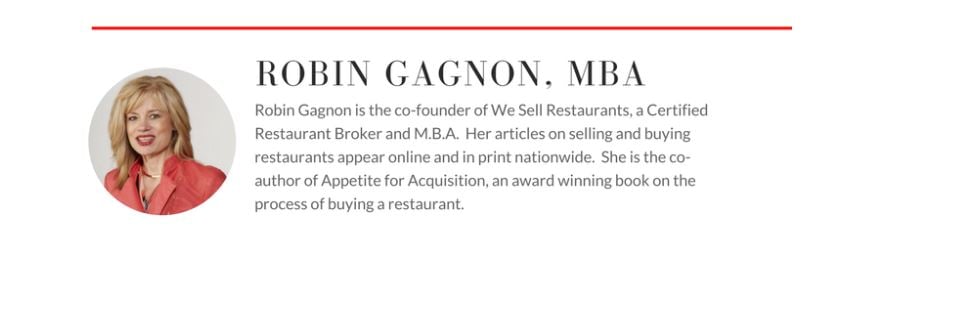
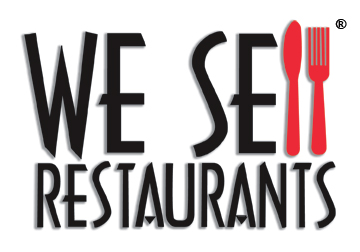
 404-800-6700
404-800-6700.png)
